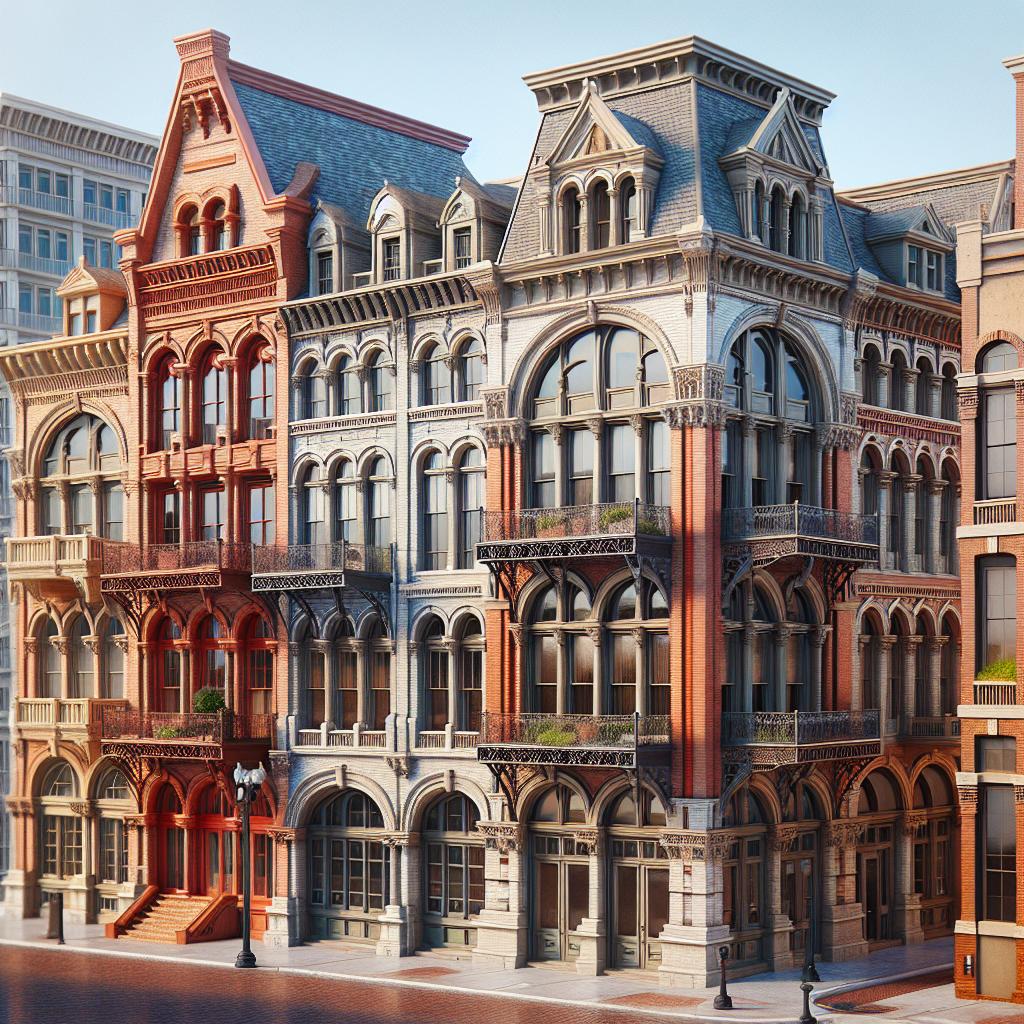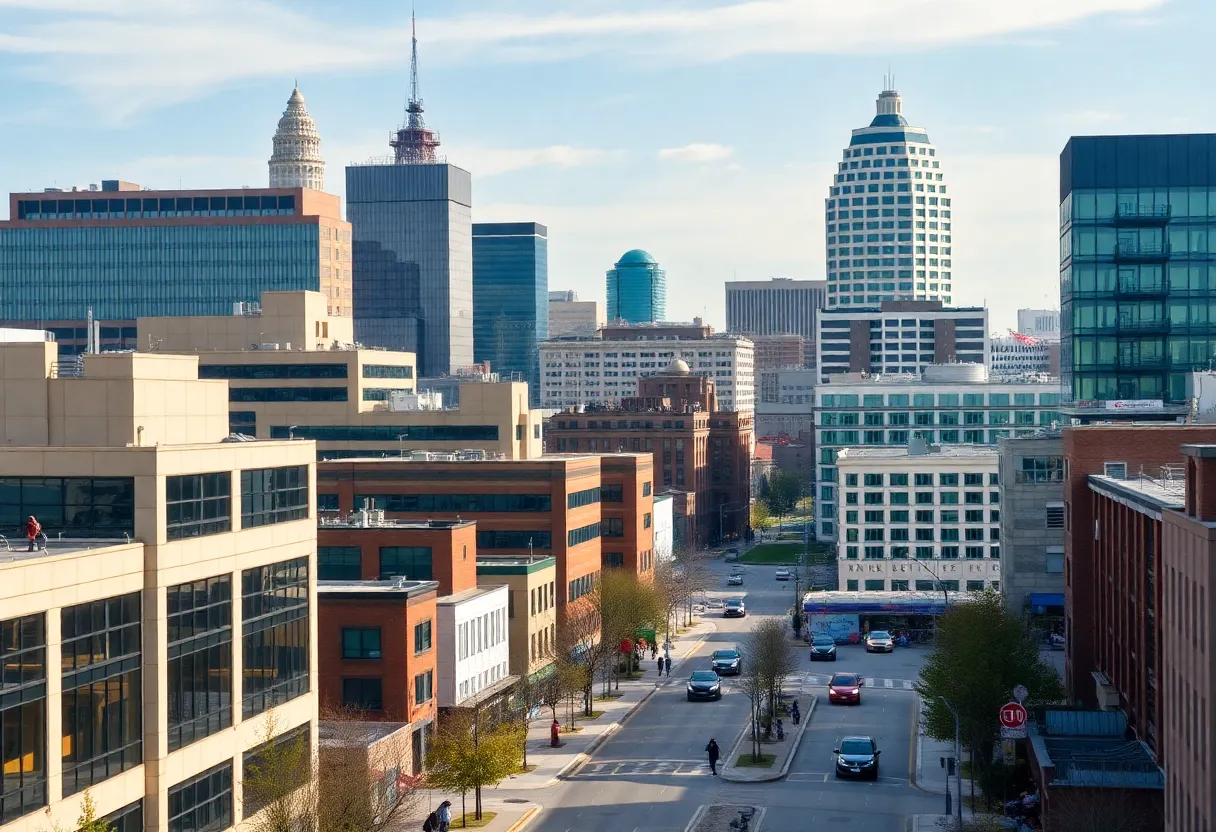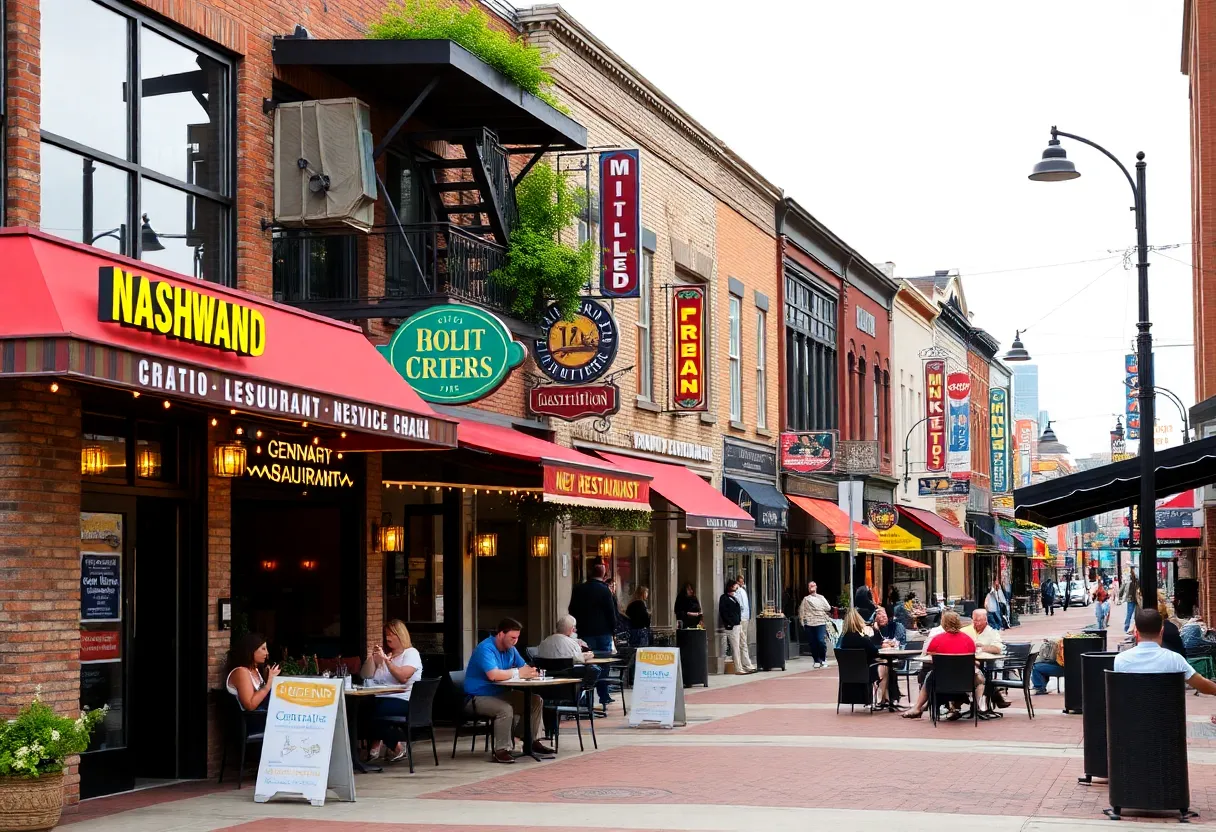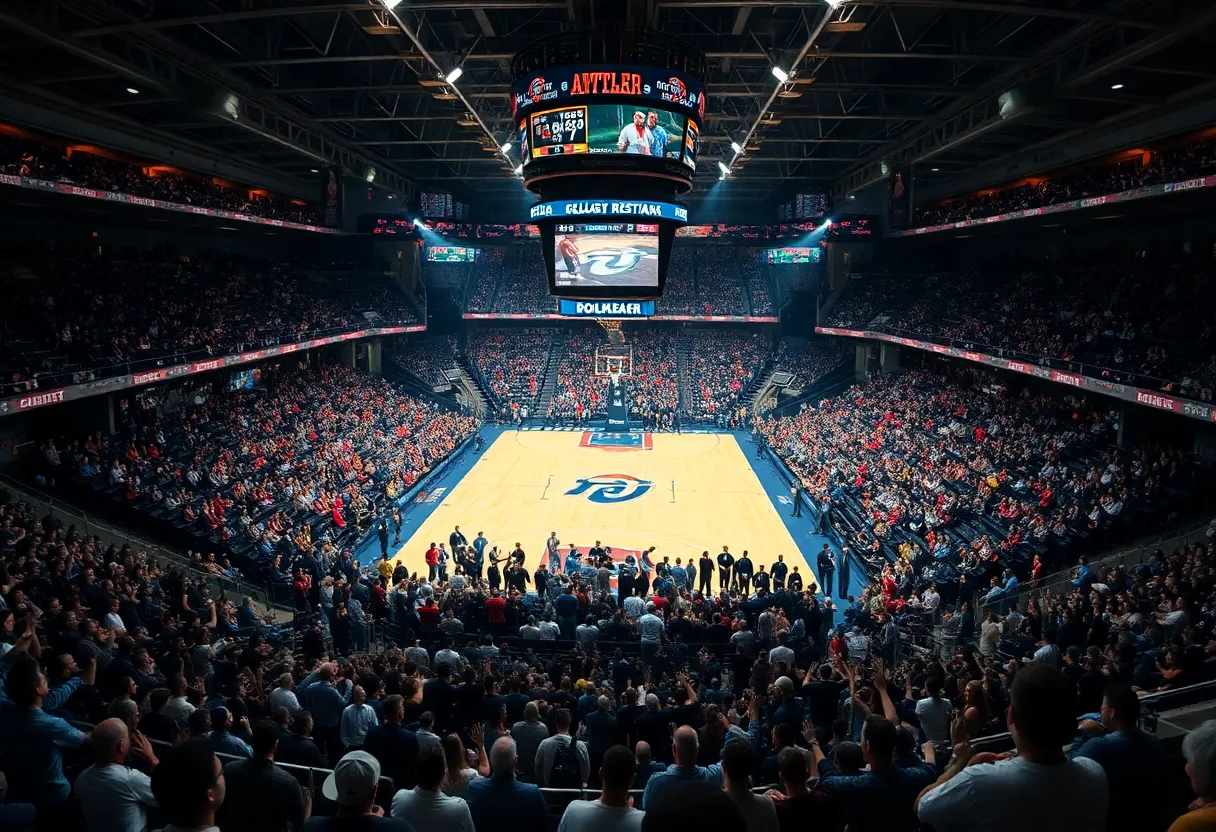Revitalising Downtown Memphis through Historic Preservation
Memphis nightlife is set to transform with a new life breathed into the city skyline as its two tallest buildings, the Sterick Building and 100 N. Main, undergo extensive rejuvenation. These historic towers, long dormant, are being transformed in line with a wave of revitalizing downtowns throughout the U.S. where old is making way for the new.
Restoring the Sterick Building
The 29-story Sterick Building, a dormant giant since 1986 and fondly referred to as the “Queen of the South,” sparked back to life in the fall of 2023 when the exterior lights were reactivated. The new owners, Stuart Harris and his father Mike Harris of Constellation Properties, have brought an infectious enthusiasm to the project. Determined to fully preserve the building’s character, their plan is to repurpose it into a mixed-use development consisting of private residences, a hotel, a jazz bar, and a restaurant.
The prime challenge of such a project is to keep every square foot of the building active and revenue-earning. This strategy is necessary to ensure that all the different components effectively “feed off each other,” as Mike Harris puts it. While it may be a complex task, the duo acknowledges that nostalgia forms an integral part of the renovation process. The art deco hallmarks and the 1970s interior design of the Sterick Building’s unique floors will be preserved and integrated into the building’s future design.
Adaptive Reuse in Memphis
The practice of adaptive reuse, employed in the renovation of both the Sterick Building and 100 N. Main, is becoming increasingly popular in real estate development. The aim is to repurpose out-of-use or underperforming spaces for a new function. This not only optimizes urban space but also brings cohesion to community development while preserving architectural heritage.
In Memphis, this method of redevelopment plays a significant role in maintaining the city’s unique character. Brett Roler, Chief Operations Officer at Downtown Memphis Commission (DMC), which is helping fund the projects, emphasizes on the competitive edge it brings to the city. The DMC aims to add 10,000 more residents to the central city area in the upcoming decade, focusing on enhancing neighborhood walkability and safety.
The National Scope of Conversion and Historic Preservation
Preservation and adaptive reuse also benefit the environment, as they significantly minimize carbon emissions compared to construction of new buildings. According to the U.S. Environmental Protection Agency, renovating existing buildings instead of demolishing them to build new constructions can reduce environmental impact significantly.
While preserving historic properties and converting office spaces into residential apartments has been a continuing trend in Memphis for some time, the national momentum has gained traction mainly due to the sustainability factor. Developers recognize that historic buildings imbue modern cities with unique character, and Memphis is no exception.
The Edge District Modernising Vacant Spaces
Similar adaptive reuse projects are also emerging in the city’s Edge District, where Memphis-based cnct design is breathing new life into historic buildings. They recently opened a mixed-use property at 635 Madison Ave., home to the Ugly Art Co. and cnc headquarters, and are planning to add retail and restaurant tenants in the future.
John Halford of cnct design believes in the transformative power of understanding the building’s history and finding the best way to reintroduce it to the market. This often involves repurposing the building in a way that retains its unique character despite the change in use.
As Memphis continues to embrace adaptive reuse and historic preservation as key strategies in urban development, the city, characterized by its wealth of historic properties, is setting an example for other cities in the U.S. to follow. The preservation of the city’s unique architectural character and history is the driving force in shaping its future development landscape.







